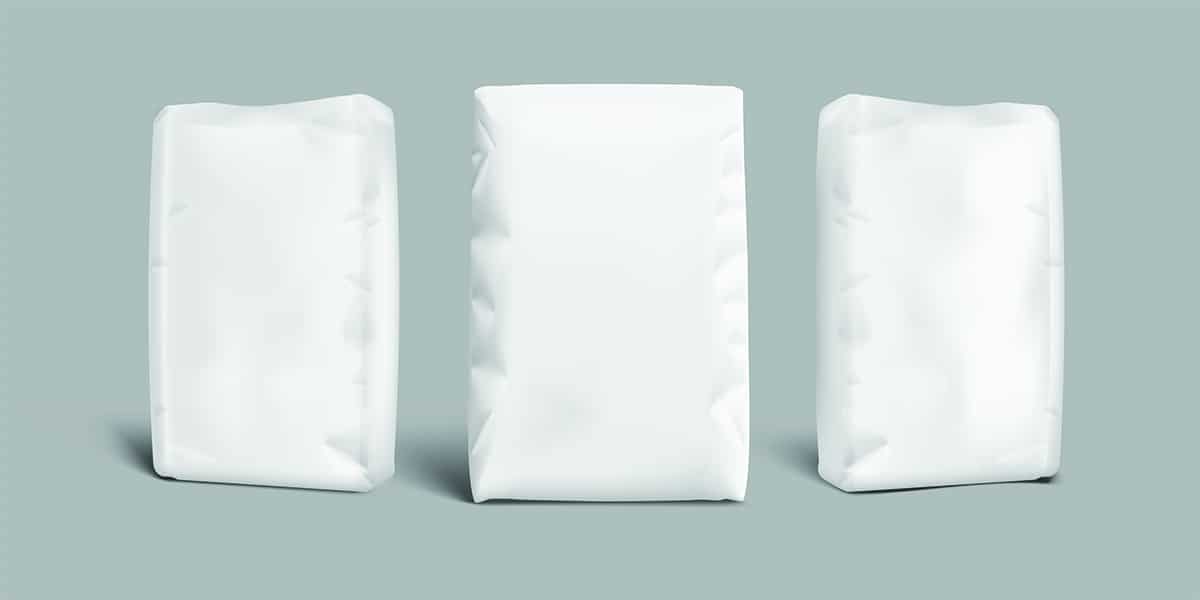

Articles
How Long Will Flour Last In The Freezer
Modified: September 1, 2024
Learn how to extend the shelf life of articles like flour by freezing them. Find out how long flour can last in the freezer and maximize its freshness!
(Many of the links in this article redirect to a specific reviewed product. Your purchase of these products through affiliate links helps to generate commission for Storables.com, at no extra cost. Learn more)
Introduction:
Flour is a pantry staple that many households rely on for a variety of baking and cooking needs. However, it’s not uncommon to find yourself with a surplus of flour that you may not be able to use up in a timely manner. That’s where proper storage techniques come into play to ensure that your flour remains fresh and usable for as long as possible.
One popular method of extending the shelf life of flour is freezing it. Freezing flour can help to preserve its quality and prevent the growth of mold and pests. But how long can flour actually last in the freezer, and what factors can impact its longevity?
In this article, we will delve into the factors that affect the shelf life of flour, explore whether freezing flour can extend its lifespan, discuss the proper way to store flour in the freezer, and provide tips on how to effectively use frozen flour. By the end, you’ll have a clearer understanding of how to maximize the use of flour and minimize waste.
Key Takeaways:
- Freezing flour can extend its shelf life up to 1 year, preserving quality and preventing spoilage. Proper storage and thawing techniques are essential for optimal results.
- When using frozen flour, be mindful of texture changes and adjust moisture levels in recipes. Thaw, sift, and label portions for efficient and effective usage.
Read more: How Long Will Pecans Last In The Freezer
Factors Affecting the Shelf Life of Flour:
Several factors can influence the shelf life of flour, even before it is frozen. Understanding these factors can help you determine how long your flour will last and how to properly store it.
1. Type of Flour: Different types of flour have varying shelf lives. Whole wheat flour, for example, has a shorter shelf life than all-purpose flour due to the presence of oils in the bran and germ that can turn rancid over time. Specialty flours, like almond or coconut flour, may have different storage requirements as well.
2. Quality of Flour: The quality of the flour at the time of purchase can also affect its shelf life. Freshly milled flour will have a shorter shelf life compared to commercially produced flour that has been processed and treated to increase its longevity.
3. Packaging: The packaging of the flour plays a crucial role in maintaining its freshness. Flour should be stored in airtight containers to prevent moisture absorption and the introduction of pests. Packaging that is damaged or not properly sealed can lead to spoilage and a shorter shelf life.
4. Storage Conditions: The storage conditions of the flour before freezing can impact its shelf life. Flour should be kept in a cool, dry place away from direct sunlight and strong odors. Exposure to heat, humidity, and light can accelerate the deterioration of the flour.
5. Pest Infestation: Pests like weevils and mites can infest flour and significantly decrease its shelf life. It’s essential to ensure that your flour is free from any pests before freezing it.
By taking these factors into account, you can get a better idea of how long your flour will last both before and after freezing. Let’s now explore whether freezing flour can actually extend its shelf life.
Freezing Flour: Does It Extend Its Shelf Life?
Freezing flour is a popular method used by many to extend its shelf life. But does freezing actually help in preserving the quality and freshness of flour?
The answer is yes, freezing flour can effectively extend its shelf life. When flour is frozen, the cold temperatures slow down the enzymatic activity in the flour, preventing it from deteriorating and going rancid. It also helps in killing any existing pests or their eggs that might be present in the flour.
However, it’s important to note that freezing flour doesn’t make it last forever. Although freezing can significantly prolong the shelf life of flour, it is not a foolproof method, and the quality will gradually deteriorate over time.
When properly stored, flour can typically last up to 6 to 12 months in the freezer. However, the actual shelf life may vary depending on the type of flour and the storage conditions before and after freezing.
It’s worth mentioning that freezing may affect the texture and performance of the flour. Some types of flour, like all-purpose flour, may handle the freezing process better than others. Specialty flours, such as those made from nuts or alternative grains, may experience more significant changes in texture and quality.
While freezing can extend the shelf life of flour, it’s crucial to store it correctly to reap the maximum benefits. Let’s explore the proper way to store flour in the freezer.
How to Store Flour in the Freezer:
Proper storage is essential when freezing flour to ensure its freshness and quality. Here are some tips on how to store flour in the freezer:
- Choose airtight containers: Transfer the flour to airtight containers or freezer-safe bags to protect it from moisture and prevent the absorption of odors from other foods in the freezer.
- Label and date: Clearly label the containers with the type of flour and the date of freezing. This will help you keep track of how long the flour has been in the freezer and ensure you use the oldest flour first.
- Remove excess air: Before sealing the containers, try to remove as much air as possible to minimize the risk of freezer burn. You can either use vacuum-sealed bags or press out the excess air before sealing the container.
- Divide into smaller portions: Consider dividing the flour into smaller portions before freezing. This allows you to thaw only the amount you need, reducing the number of times you expose the flour to temperature changes.
- Store in a cool part of the freezer: Find a spot in your freezer that maintains a consistently low temperature. Avoid storing the flour near the freezer door, where it may be exposed to temperature fluctuations each time the door is opened.
Following these storage guidelines will help maintain the quality of the frozen flour and ensure it remains usable for an extended period. However, it’s important to note that frozen flour does have a limit to its shelf life. Let’s explore how long flour can last in the freezer.
Flour can last up to 2 years in the freezer if stored in an airtight container. Be sure to label with the date to keep track of its freshness.
How Long Can Flour Last in the Freezer?
The shelf life of flour in the freezer can vary depending on several factors, including the type of flour and the storage conditions. However, when properly stored, flour can generally last between 6 months to 1 year in the freezer.
All-purpose flour, which is one of the most commonly used types of flour, can typically last up to 1 year when frozen correctly. Whole wheat flour, on the other hand, may have a slightly shorter shelf life due to its higher oil content. It is best to use whole wheat flour within 6 to 9 months when freezing it.
Specialty flours, such as almond flour or coconut flour, can also be frozen, but they may have different storage requirements and shorter shelf lives compared to traditional flours. It’s best to check the packaging or manufacturer’s instructions for specific recommendations on freezing these types of flours.
It’s important to note that while frozen flour can remain safe to use beyond the recommended timeframes, the quality may gradually deteriorate. Freezing can affect the texture and performance of flour, so it’s advisable to use it as soon as possible after thawing for the best results.
Remember to store frozen flour in airtight containers or freezer-safe bags, and keep it in a cool, stable area of the freezer to maintain its freshness and quality. Proper freezing techniques and storage practices can help maximize the shelf life of your flour and reduce waste.
Next, let’s discuss the signs of spoilage you should look out for in frozen flour.
Read more: How Long Will Jerky Last In The Freezer
Signs of Spoilage in Frozen Flour:
While freezing can help extend the shelf life of flour, it’s important to be aware of the signs of spoilage to ensure the flour is safe to use. Here are some indicators that your frozen flour may have gone bad:
- Off odor: If the flour emits a stale or unpleasant odor, it may indicate that it has gone rancid or been exposed to moisture. Trust your senses and discard flour with a strange or off smell.
- Discoloration: Check the color of the flour. If you notice any significant discoloration, such as yellowing or browning, it may suggest that the flour is no longer fresh and has started to spoil.
- Clumping or mold: Inspect the flour for any clumps or signs of mold growth. Clumping can occur due to moisture absorption, while mold growth can indicate the presence of moisture or improper storage conditions.
- Pest infestation: Keep an eye out for any signs of pests, such as insects or larvae, in the flour. Freezing can help kill existing pests, but if the flour was infested before freezing, it’s advisable to discard it.
- Texture changes: Frozen flour may experience changes in texture when thawed. If the flour has become lumpy, gritty, or has an uneven texture, it may not perform as desired in recipes.
It’s important to note that proper storage and handling can reduce the chances of spoilage and prolong the shelf life of frozen flour. If you observe any of the above signs of spoilage, it is best to err on the side of caution and discard the flour to avoid potential health risks.
Now that you know how to identify signs of spoilage, let’s move on to some tips for using frozen flour effectively.
Tips for Using Frozen Flour:
When it comes to using frozen flour, there are a few tips and tricks that can help you make the most out of your frozen stash. Here are some useful tips for using frozen flour effectively:
- Thawing: Prior to using frozen flour, allow it to thaw completely at room temperature. Avoid microwaving or using hot water to speed up the thawing process, as rapid temperature changes can affect the quality of the flour.
- Sifting: After thawing, consider sifting the flour to remove any lumps or clumps that may have formed during freezing. This will help ensure a smoother texture and even distribution in your recipes.
- Adjust moisture levels: Frozen flour may have a higher moisture content due to condensation during freezing. Adjust the moisture levels in your recipes accordingly, either by adding a bit more flour or reducing the liquid ingredients slightly.
- Use in recipes: Frozen flour can be used as a substitute for fresh flour in most recipes. However, keep in mind that the texture and performance of the flour may be slightly different. It’s recommended to test a small batch of the recipe to assess the results before making larger quantities.
- Store in smaller portions: If you find yourself frequently using frozen flour, consider dividing it into smaller portions before freezing. This will allow you to thaw only the amount you need for each use, minimizing the need for repeat thawing and refreezing.
- Label and date: To keep track of the freezer storage time, always label the containers with the type of flour and the date of freezing. This will help you prioritize the use of older flour and maintain better inventory control.
By following these tips, you can confidently incorporate frozen flour into your baking and cooking endeavors while ensuring optimal results.
Now that we’ve explored the various aspects of using frozen flour, let’s wrap up our discussion.
Conclusion:
Freezing flour can be a practical solution to extend its shelf life and prevent unnecessary waste. By understanding the factors that affect the shelf life of flour, properly storing it in the freezer, and being aware of signs of spoilage, you can maximize the use of your flour and maintain its quality.
When stored in airtight containers or freezer-safe bags in a cool part of the freezer, flour can last between 6 months to 1 year. All-purpose flour tends to have a longer shelf life in the freezer compared to specialty flours with higher oil content. However, it’s important to check for signs of spoilage such as off odors, discoloration, clumping, mold, and pests before using frozen flour.
To use frozen flour effectively, be sure to thaw it properly at room temperature, sift if necessary, adjust moisture levels in recipes, and consider storing it in smaller portions to minimize repeated thawing and refreezing. Labeling and dating the containers will help you keep track of the freezer storage time and prioritize the use of older flour.
While freezing flour can help preserve its quality, it’s important to remember that freezing is not a magic solution. Over time, the texture and performance of flour may be affected. Therefore, it’s always a good idea to test a small batch of the recipe before using a larger quantity of frozen flour.
By implementing these storage and usage techniques, you can ensure that your flour remains fresh, usable, and enjoyable for a longer duration. So, the next time you find yourself with excess flour, remember to freeze it and make the most out of this versatile pantry staple!
Frequently Asked Questions about How Long Will Flour Last In The Freezer
Was this page helpful?
At Storables.com, we guarantee accurate and reliable information. Our content, validated by Expert Board Contributors, is crafted following stringent Editorial Policies. We're committed to providing you with well-researched, expert-backed insights for all your informational needs.

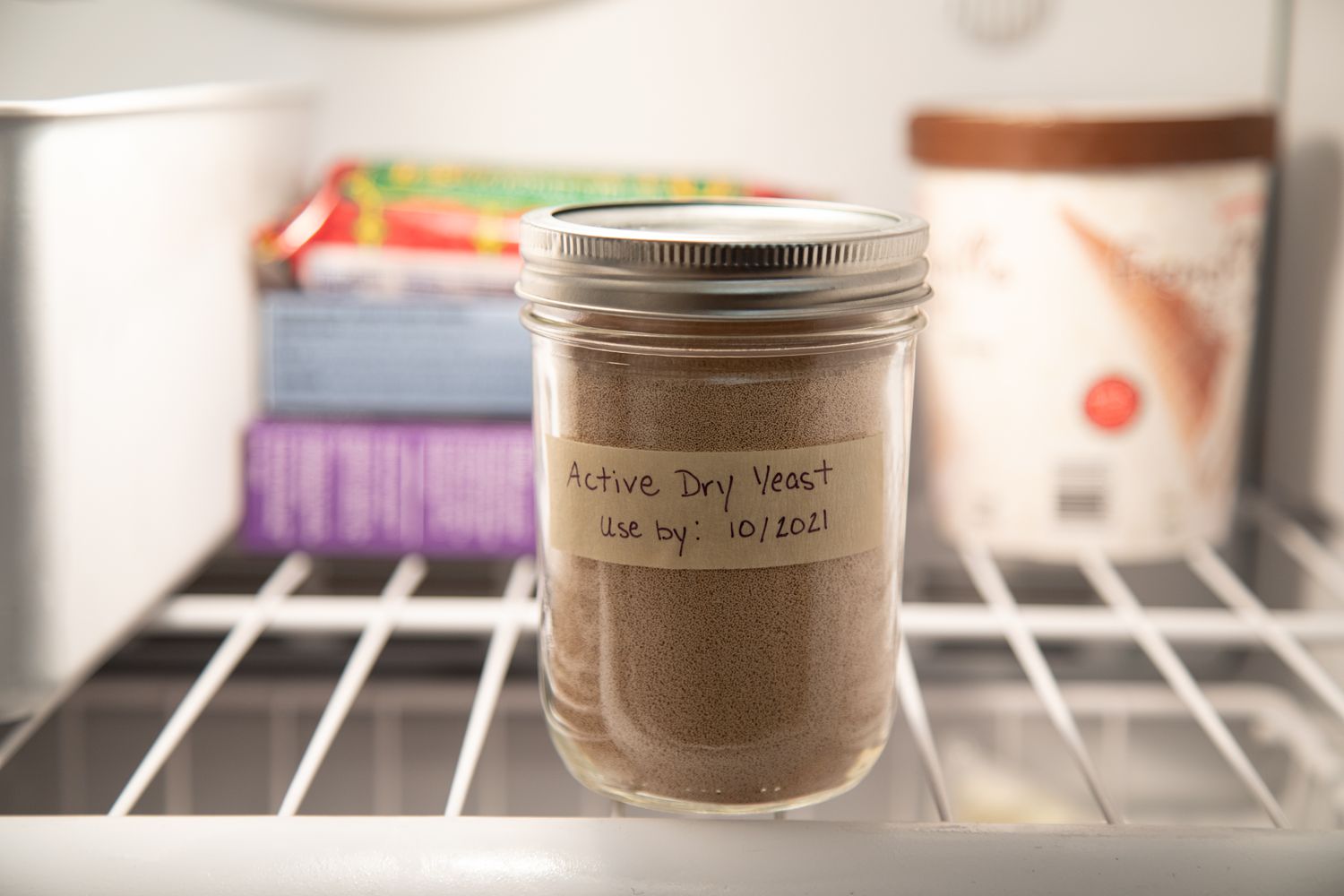

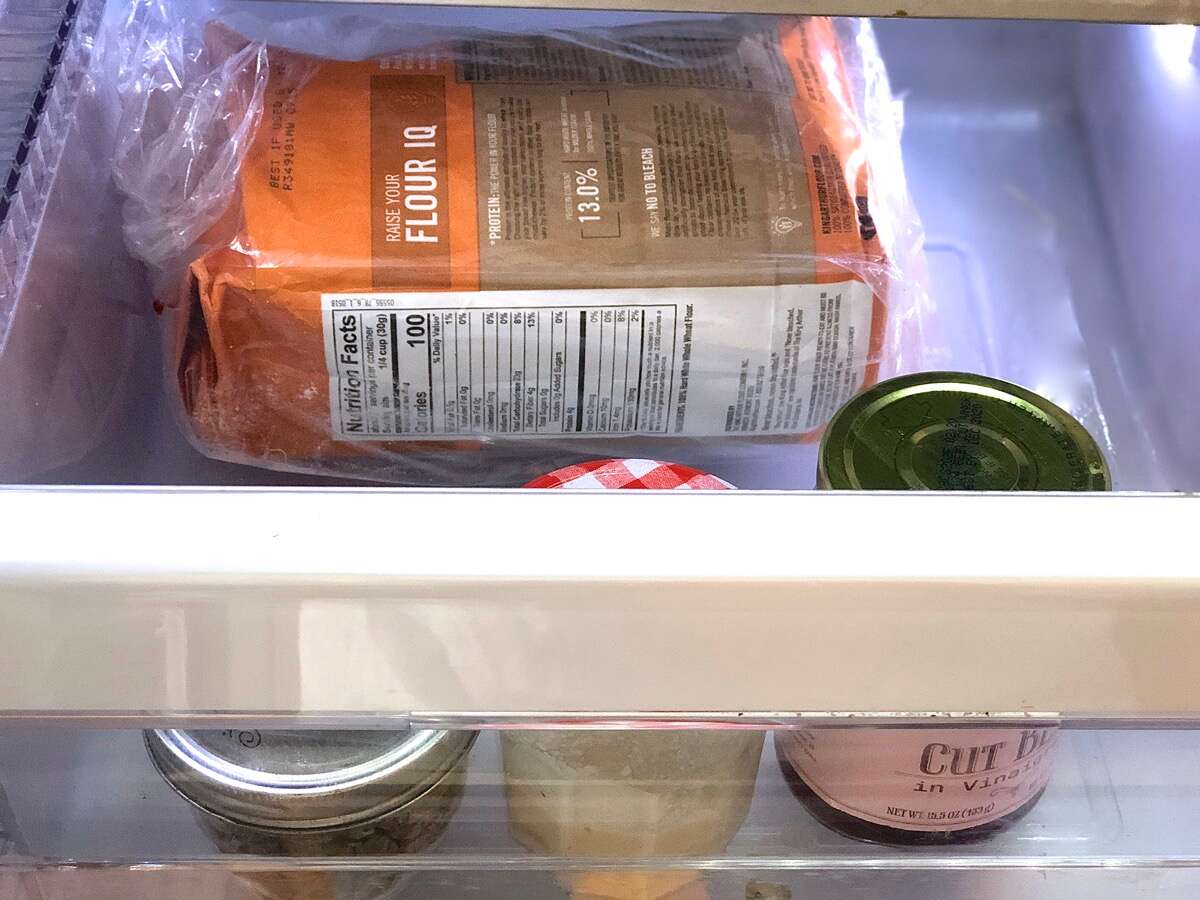




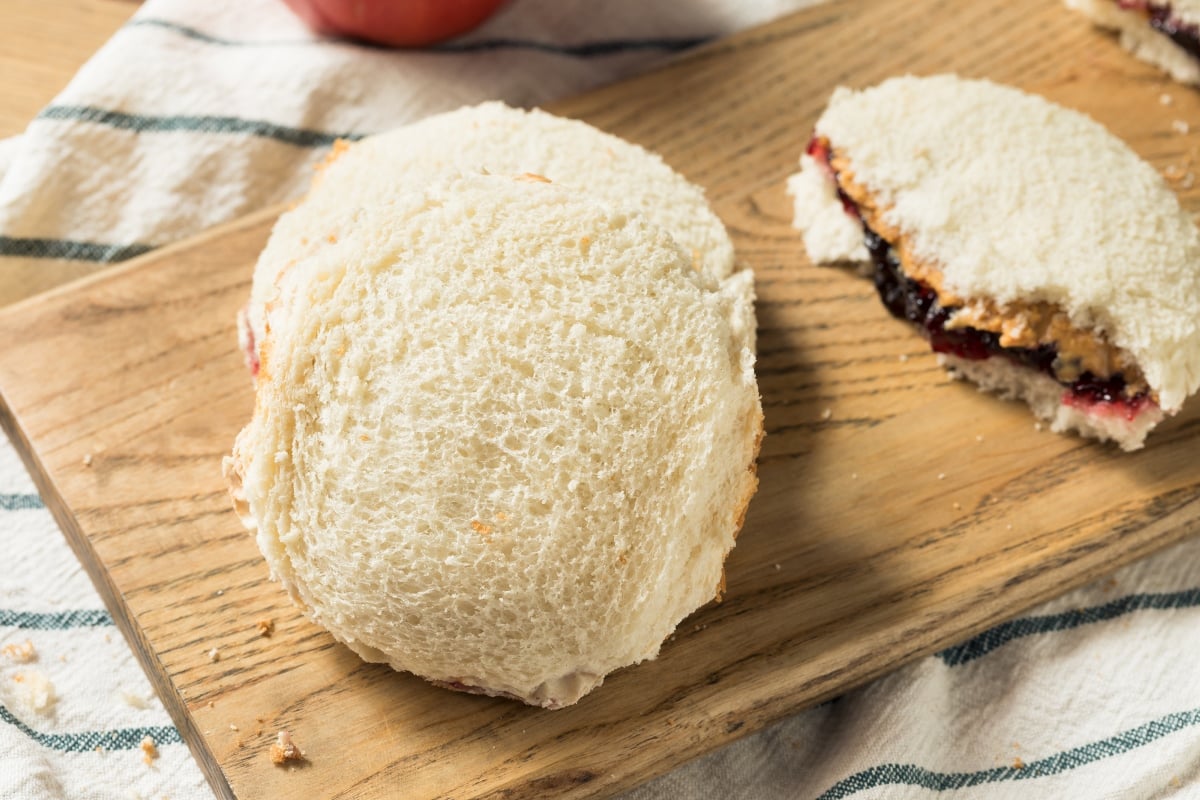
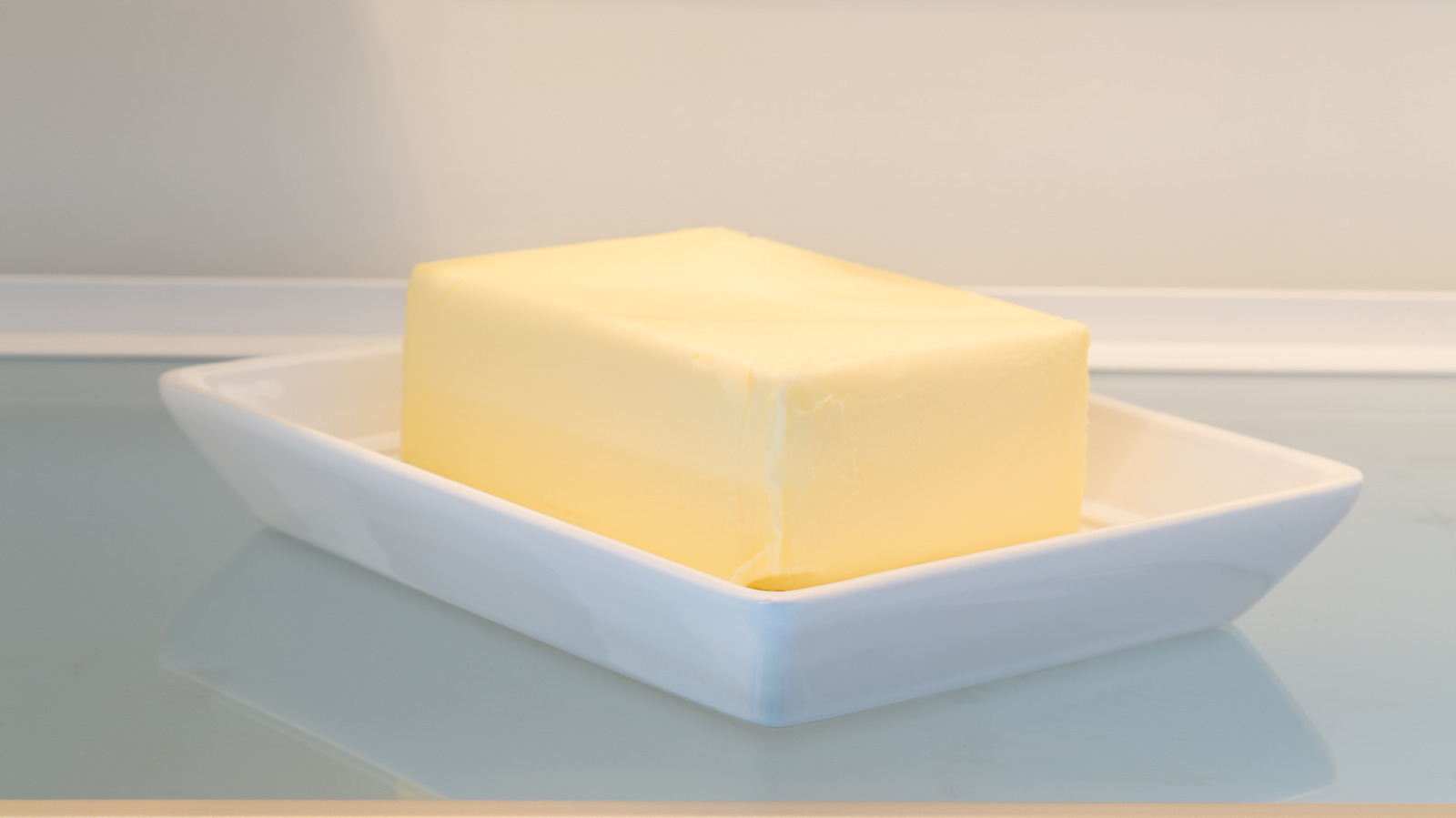
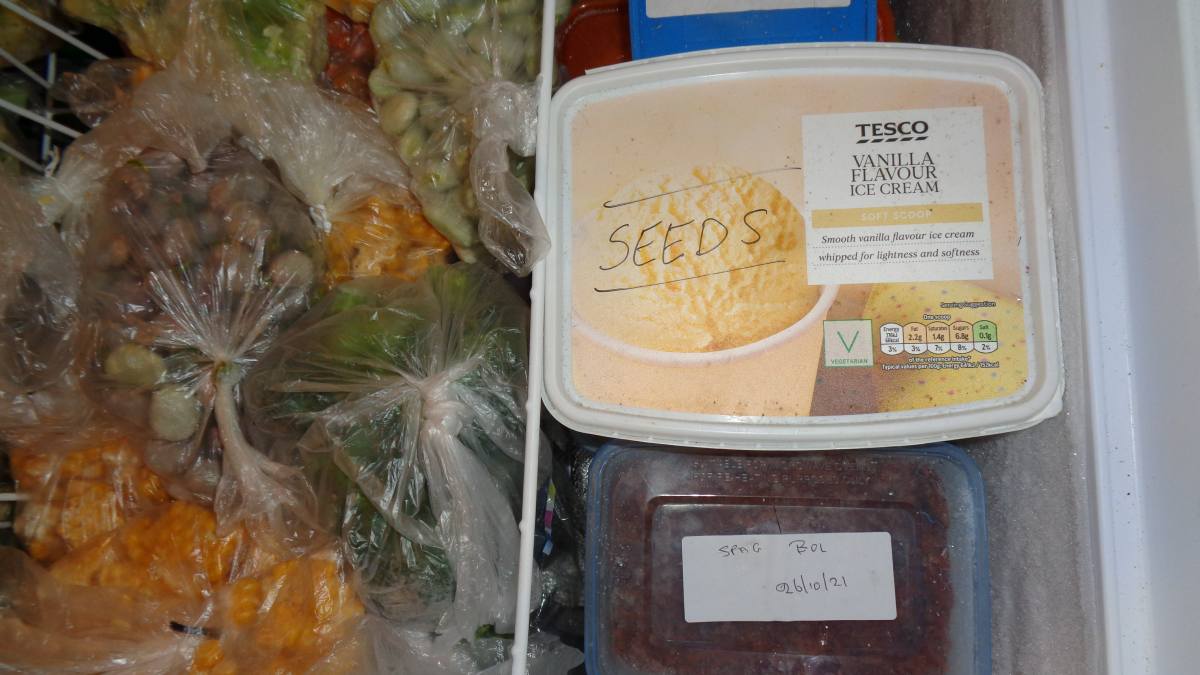


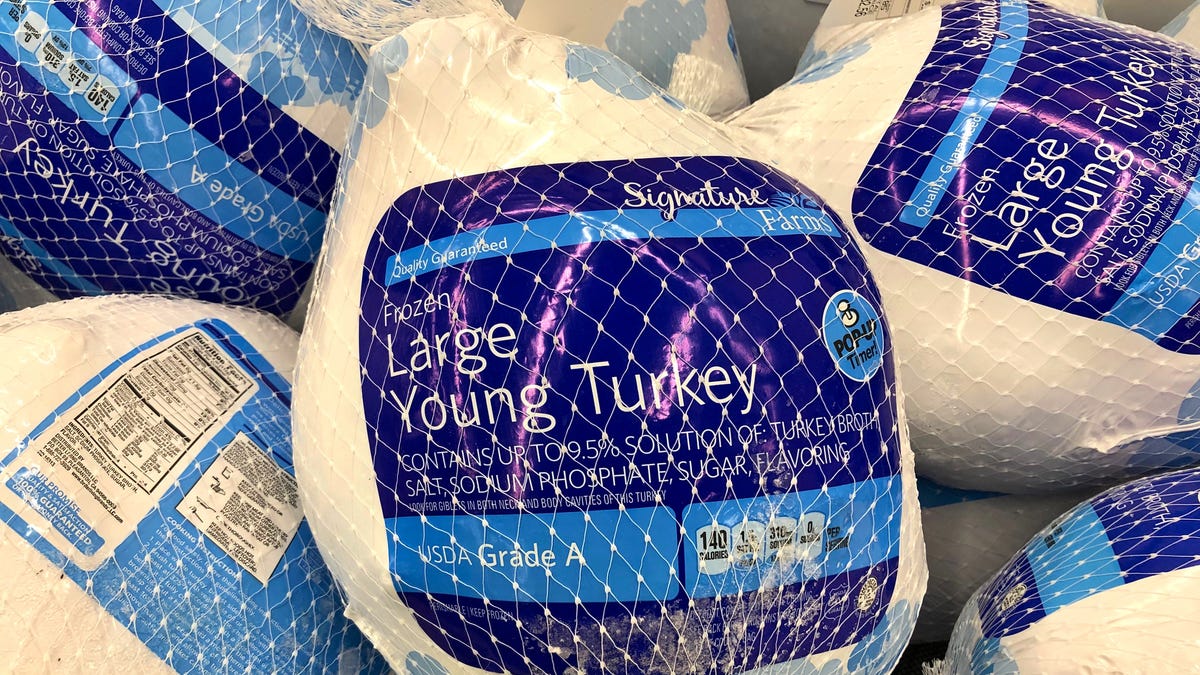

0 thoughts on “How Long Will Flour Last In The Freezer”